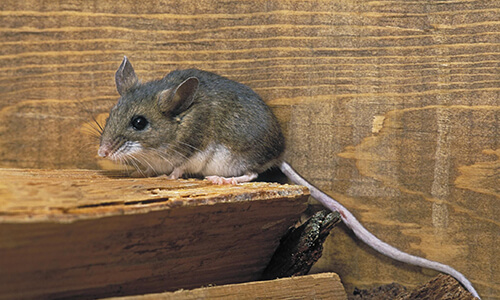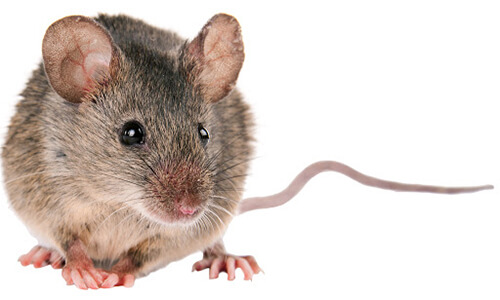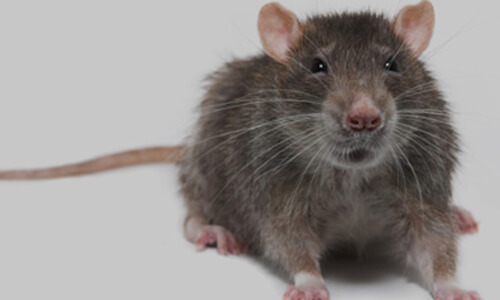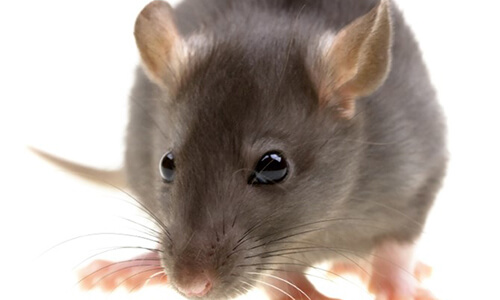Rodents can spread dangerous diseases and can cause major property damage, so it’s important for homeowners to familiarize themselves with the types of rodents that invade homes this time of year. Here is a guide to help you identify common mice and rat species.
Deer Mice

- Region: Deer mice are found throughout the United States.
- Habitat: Deer mice prefer to nest in rural areas, specifically in fence posts, tree hollows and log piles. Deer mice are rarely a problem in residential settings, but they can wander indoors during the winter months while searching for shelter from the cold weather.
- Threats: Deer mice pose a significant health threat because they are the most common carrier of Hantavirus. This virus is transmitted primarily by the inhalation of dust particles contaminated with the urine, feces or saliva of infected deer mice.
- Prevention tip: Don’t store pet food or birdseed in garages or storage sheds, where it is especially attractive to deer mice.
House Mice

- Region: House mice are found throughout the United States.
- Habitat: Unlike deer mice, house mice usually nest in dark, secluded areas within structures. They are excellent climbers and can jump up to a foot high.
- Threats: House mice can cause serious property damage by chewing through materials. In fact, they have been known to spark electrical fires by gnawing on wires inside homes. These rodents are also a health threat, as they can contaminate stored food and spread diseases like Salmonella, tapeworms and the plague (via fleas).
- Prevention tip: House mice hide in clutter, so it’s important to keep storage areas clean and store boxes off the floor. Also, keep food in sealed, rodent-proof containers.
Norway Rat

- Region: Like house and deer mice, Norway rats are found throughout the United States.
- Habitat: Norway rats are primarily nocturnal and often burrow in piles of garbage or under concrete slabs. They tend to enter homes in the fall when outside food sources become scarce. Indoors, Norway rats nest in basements, attics and other undisturbed dwellings.
- Threats: Norway rats can cause significant damage to property by gnawing through a variety of materials, including plastic and lead pipes, to obtain food and water. They are also vectors of disease, such as plague, jaundice, rat-bite fever, cowpox virus, trichinosis and salmonellosis. In addition, these rats can introduce fleas and mites into a home.
- Prevention tip: Regularly inspect the home for signs of an infestation, such as droppings, gnaw marks, damaged food goods and grease rub marks caused by rats’ oily fur.
Roof Rat

- Region: Roof rats are thought to be of Southeast Asian origin, but they are now found in the coastal states and southern third of the U.S.
- Habitat: Roof rats live in colonies and prefer to nest in upper parts of structures or in trees.
- Threats: Historically, roof rats and their fleas have been associated with bubonic plague. Although cases are rare, roof rats also spread typhus, jaundice, rat-bite fever, trichinosis and salmonellosis.
- Prevention tip: Clean up fruit that may have fallen from trees in the yard. Also, ensure the garbage is stored in tightly covered receptacles.




